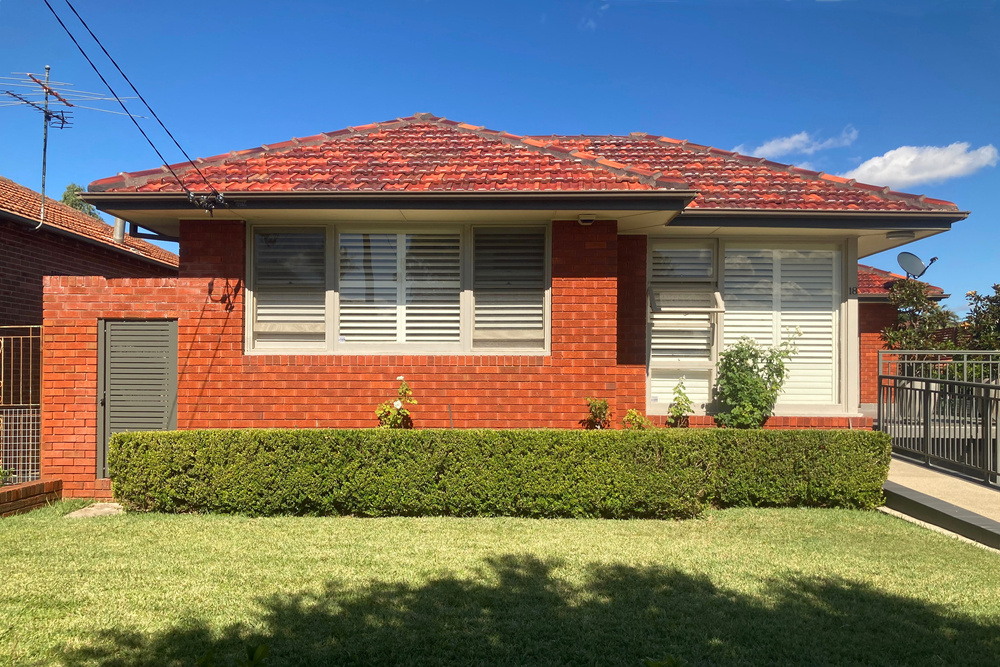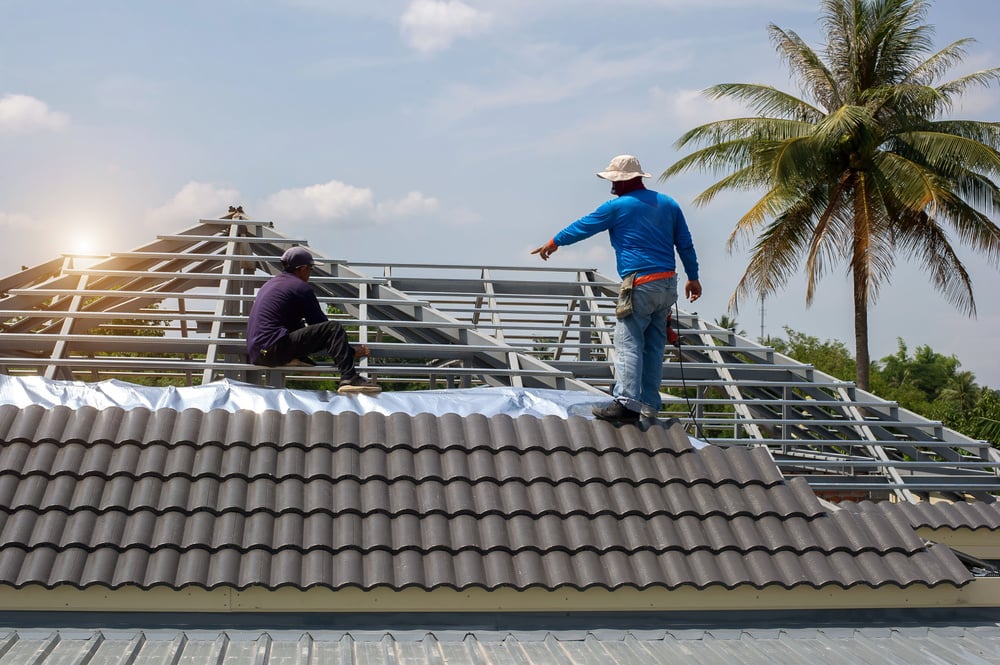
Aug
Reroofing your Home: What to Expect and How to Prepare
A roof is one of the most critical components of any home, shielding it from the elements and contributing to its overall structural integrity. Over time, however, even the best roofs can wear out or suffer damage, requiring repairs or complete replacement.
Understanding the reroofing process is crucial for homeowners looking to maintain the safety and value of their property. This blog will guide you through the essentials of reroofing, including what it involves, the process, costs in Australia, and how to choose the right contractor.
What is Reroofing?
Reroofing is the process of updating or replacing a home’s roof, ensuring it remains effective in protecting the structure and inhabitants. There are two primary methods of reroofing: roof overlay and tear-off.
- Roof Overlay: This method involves adding a new layer of roofing material over the existing one. It’s generally quicker and less expensive, making it an attractive option for homeowners on a budget. However, overlays can add significant weight to the roof structure and may not be suitable for all homes. It can be harder to identify underlying issues such as leaks, which can worsen over time if not addressed.
- Tear-Off: The tear-off method requires the complete removal of the existing roof before installing a new one. While this approach is more labour-intensive and expensive, it allows for a thorough inspection of the roof deck, ensuring any hidden damage is repaired. Tear-offs typically provide a longer-lasting solution and can improve the home’s resale value.
Choosing between these methods depends on the current condition of your roof, your budget, and your long-term plans for the property.
The Reroofing Process
Reroofing is a complex task that involves several key stages, each critical to ensuring the final result is both durable and aesthetically pleasing.
1. Initial Inspection & Assessment
The process begins with a thorough inspection of your existing roof. A professional roofing contractor will evaluate the roof’s condition, measuring dimensions and identifying areas of concern such as leaks, rot, or structural weaknesses. This assessment allows the contractor to provide an accurate estimate and recommend the most suitable reroofing method.
2. Preparation
Before any work begins, the contractor will prepare the site. This includes setting up scaffolding and safety barriers, ensuring all necessary materials and tools are on hand, and clearing the area around the house to protect landscaping and outdoor structures. Proper preparation is essential to minimise disruptions and potential damage during the reroofing process.
3. Roof Installation
The next step is the actual installation of the new roof. For a roof overlay, this involves laying new shingles or tiles over the existing roof. In the case of a tear-off, the old roof is removed entirely, and any damage to the roof deck is repaired before the new roofing material is installed. The installation phase is where quality workmanship truly matters, as it determines the roof’s longevity and effectiveness.
4. Final Inspection
After the new roof is in place, a final inspection is conducted to ensure everything has been installed correctly and meets local building codes. The contractor will check for proper alignment, secure fastenings, and ensure that all vents, chimneys, and other roof features are properly sealed. This step is crucial for guaranteeing the roof’s performance in the years to come.
Throughout the process, maintaining a clean and safe work environment is vital. A reputable roofing contractor will manage debris removal and ensure the site is left in good condition once the work is completed.
How Much Does Reroofing Cost in Australia?
The cost of reroofing in Australia can vary significantly depending on several factors. On average, homeowners can expect to pay between $15,000 to $25,000 for a complete reroofing project. However, this range can fluctuate based on the size and complexity of the roof, the materials chosen, and the labour involved.
- Roof Size: Larger roofs require more materials and labour, driving up costs. The complexity of the roof’s design, such as multiple angles, valleys, and dormers, can also increase labour costs.
- Materials: The choice of roofing materials has a substantial impact on the overall cost. Metal roofs, for example, are more expensive than asphalt shingles but offer greater durability and energy efficiency. High-end options like slate or terracotta tiles are even more costly but provide exceptional longevity.
- Labour Costs: Labor costs can vary depending on the region and the contractor’s experience. Professional roofing companies typically include labour in their estimates, but unexpected complications, such as structural repairs, can add to the final bill.
- Additional Costs: Permits, waste disposal, and scaffolding can add to the overall cost. It’s essential to budget for these potential extras to avoid surprises.
Investing in quality materials and skilled labour can ensure your reroofing project is a worthwhile long-term investment, enhancing your home’s value and safety.
Does my Roof Need Reroofing?
Determining whether your home needs reroofing involves looking for specific signs of wear and damage. Here are some indicators that it might be time to consider a new roof:
- Leaking or Water Damage: Persistent leaks or water stains on your ceiling indicate that your roof’s protective barrier has been compromised. Ignoring these signs can lead to more severe structural damage over time.
- Visible Damage: Cracked, curled, or missing shingles are clear signs of deterioration. In metal roofs, look for rust or corrosion. If these issues are widespread, reroofing may be necessary.
- Age of the Roof: Most roofing materials have a defined lifespan. Asphalt shingles, for example, last around 20-25 years, while metal roofs can last 40-70 years. If your roof is nearing the end of its expected life, it’s wise to plan for a replacement.
- Increased Energy Bills: A failing roof can lead to poor insulation, causing your heating and cooling systems to work harder. If you’ve noticed a spike in energy costs, your roof might be to blame.
Addressing these issues promptly can prevent further damage and extend the life of your home.
How to Choose a Reliable Roofing Company
Selecting the right roofing contractor is crucial to ensuring a successful reroofing project. Here are some tips to help you choose a reliable company.
- Check Licences and Credentials: Ensure the contractor is licensed and insured. In Australia, roofing contractors should hold a licence from the Queensland Building and Construction Commission (QBCC) or the relevant authority in your state.
- Look for Experience: A contractor with a proven track record in reroofing projects similar to yours is more likely to deliver quality results. Ask for references and check online reviews to gauge customer satisfaction.
- Get Multiple Quotes: Don’t settle for the first estimate you receive. Obtain quotes from several reputable contractors to compare prices and services. Be wary of unusually low bids, which may indicate subpar materials or workmanship.
- Ask About Warranties: A good roofing company will offer warranties on both materials and labour. This provides peace of mind that your investment is protected against future issues.
By taking the time to research and select a trustworthy contractor, you can ensure your reroofing project is completed to a high standard, with minimal stress and disruption.
Final Thoughts
Reroofing is a significant but necessary investment in the longevity and safety of your home. Whether you’re dealing with an ageing roof or damage from the elements, understanding the reroofing process and associated costs is crucial for making informed decisions.
Through recognising the signs that your roof needs attention and choosing a reliable roofing company, you can ensure your home remains protected for years to come. If you suspect your roof may need replacement, don’t hesitate to contact us at Roo Roofing to discuss your options.



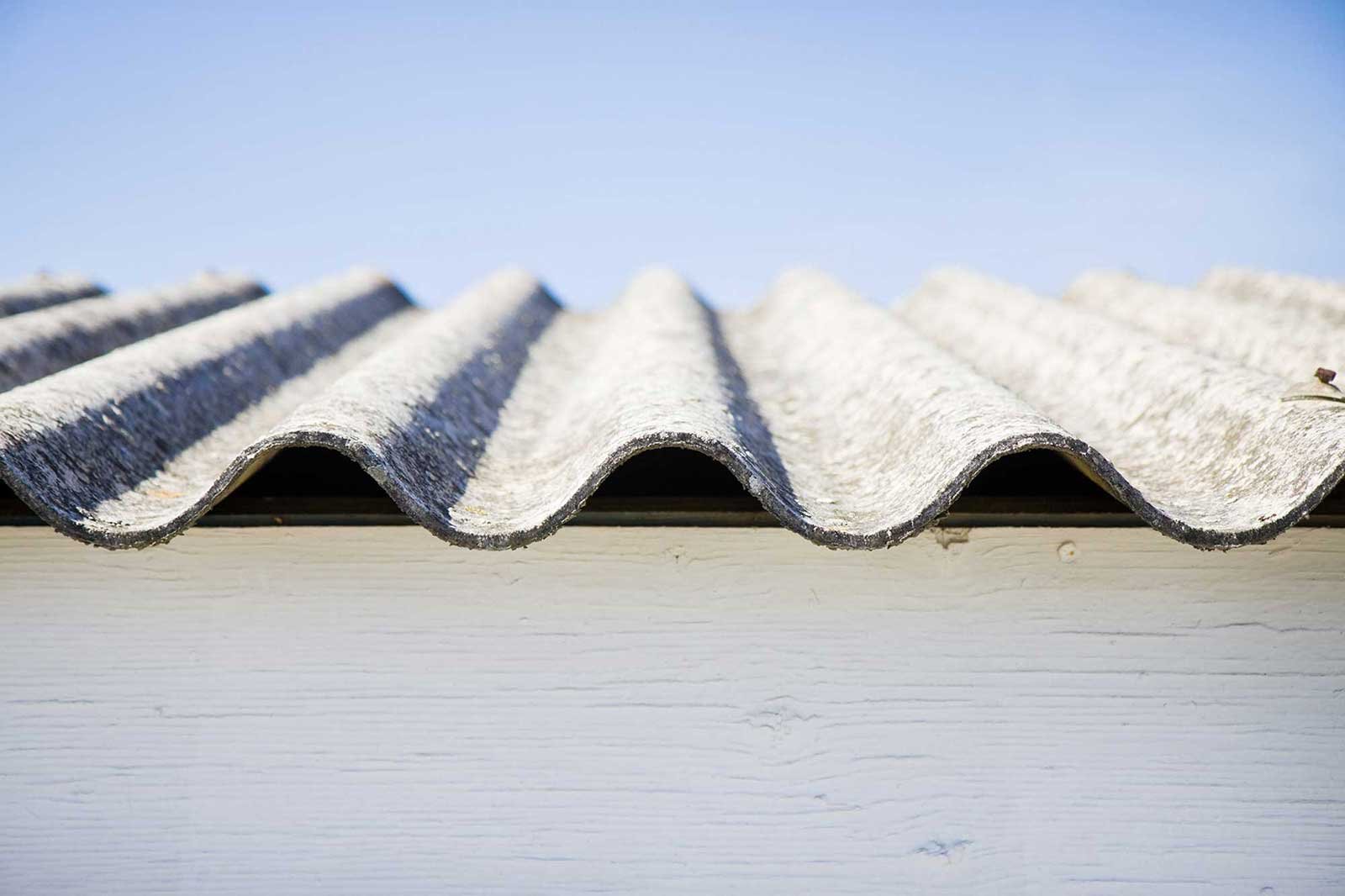




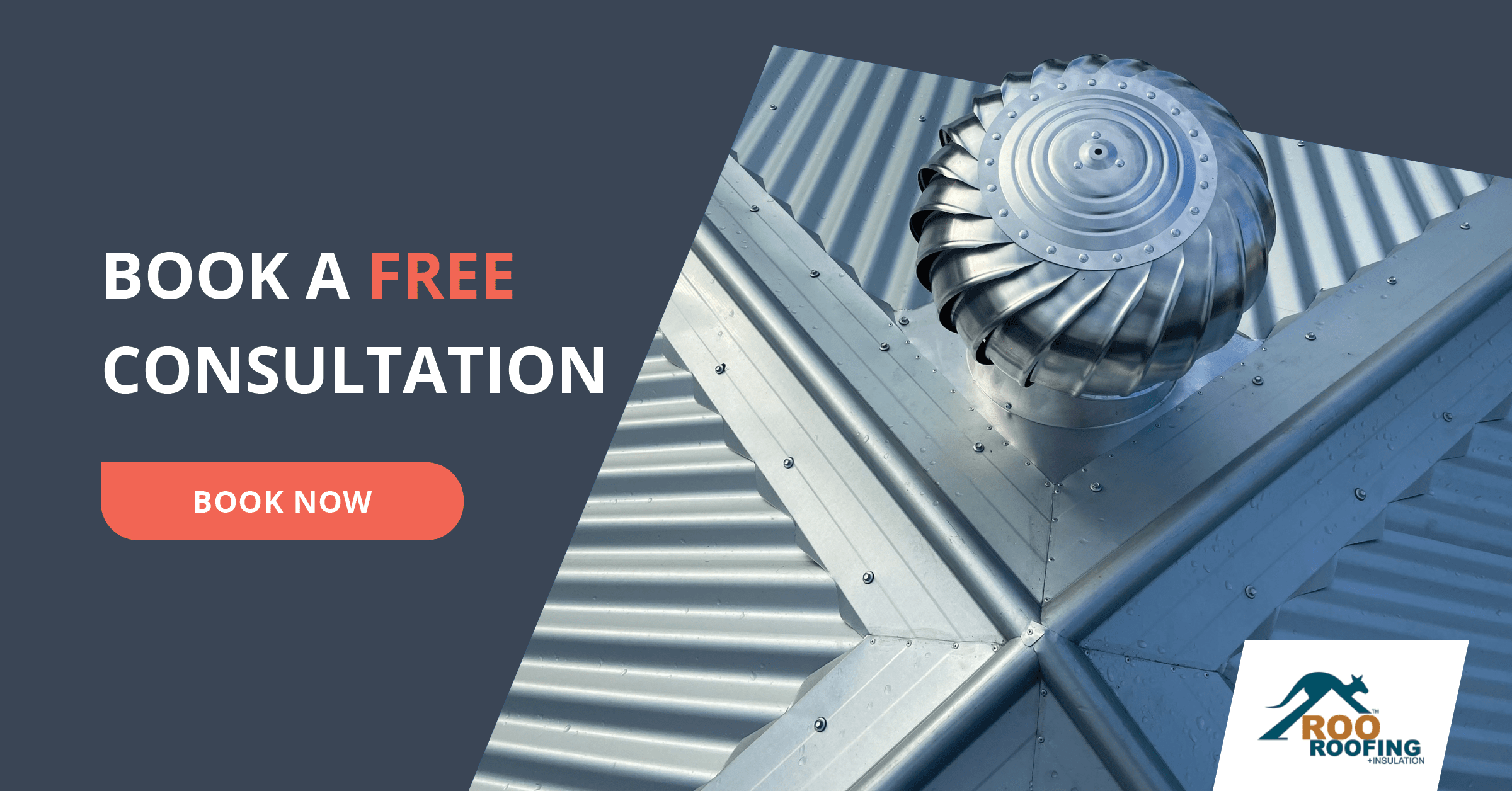
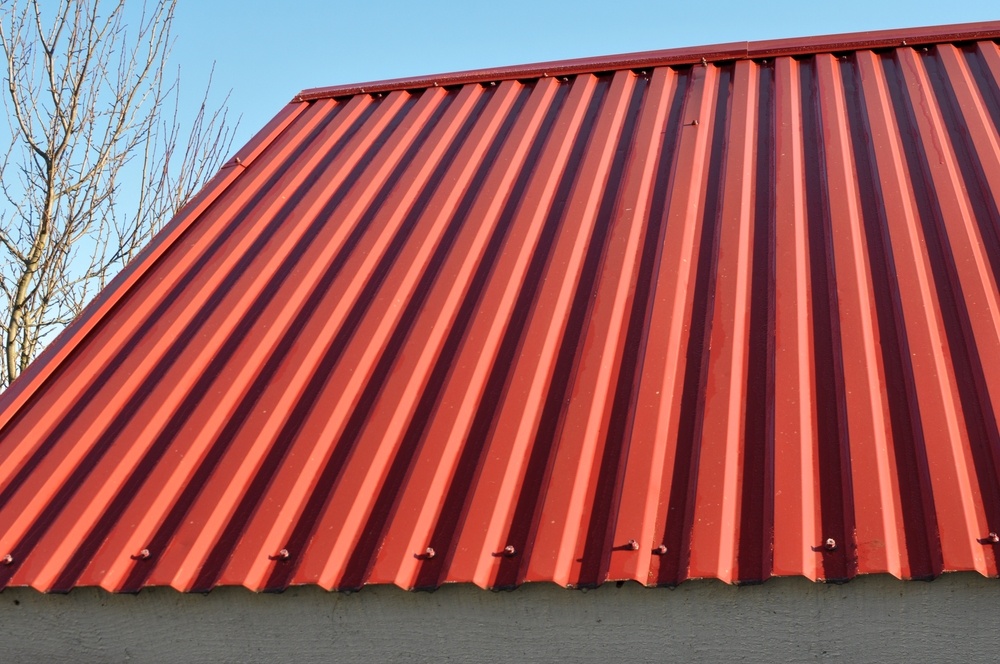
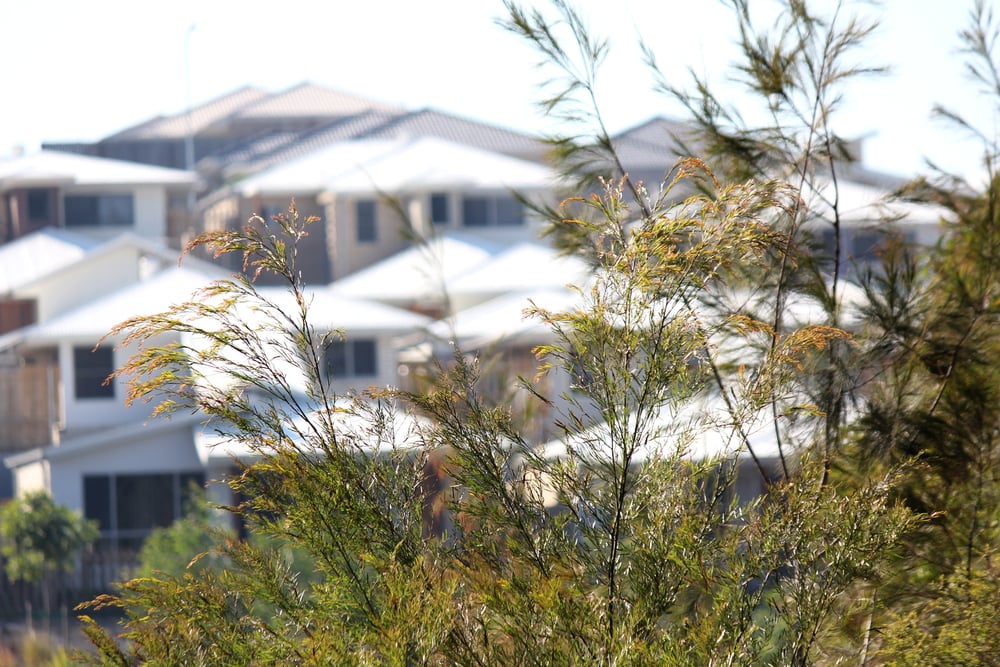

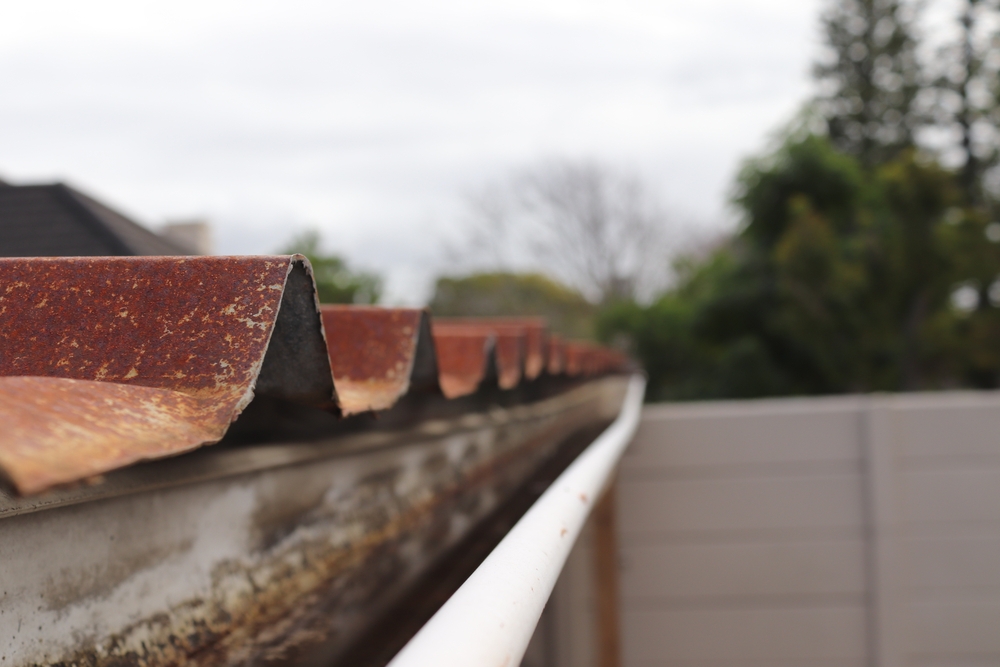
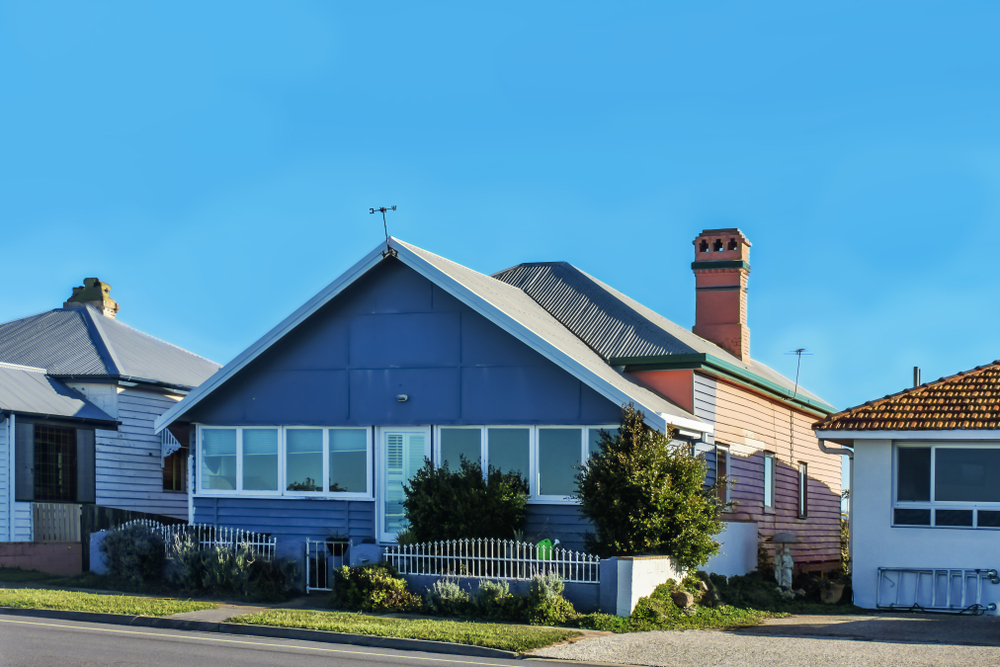
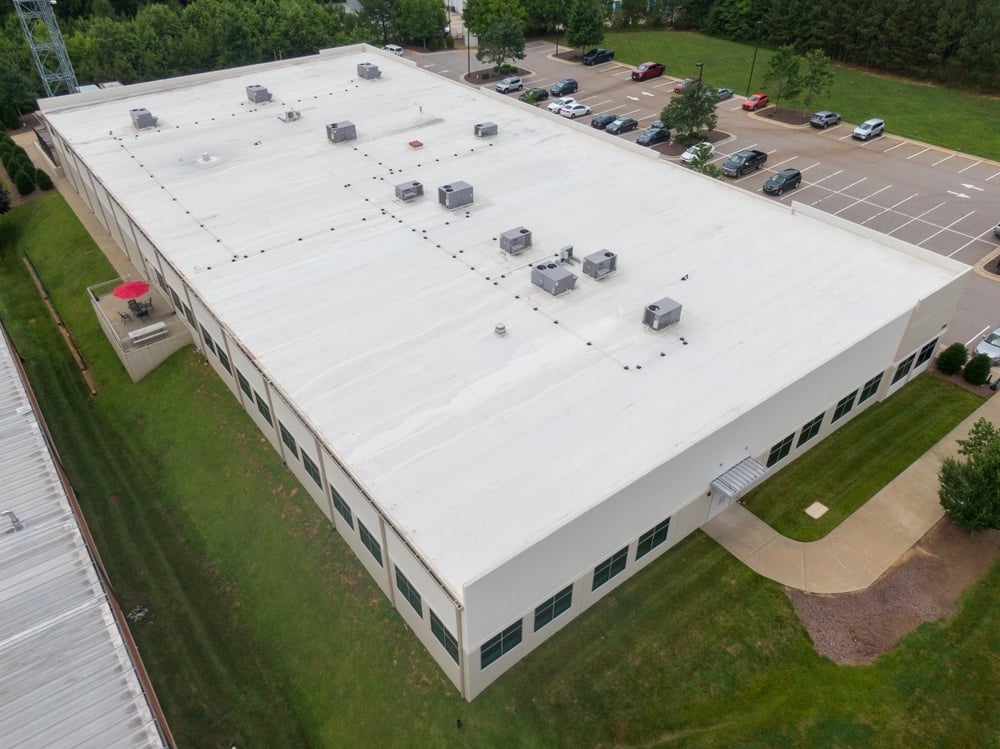
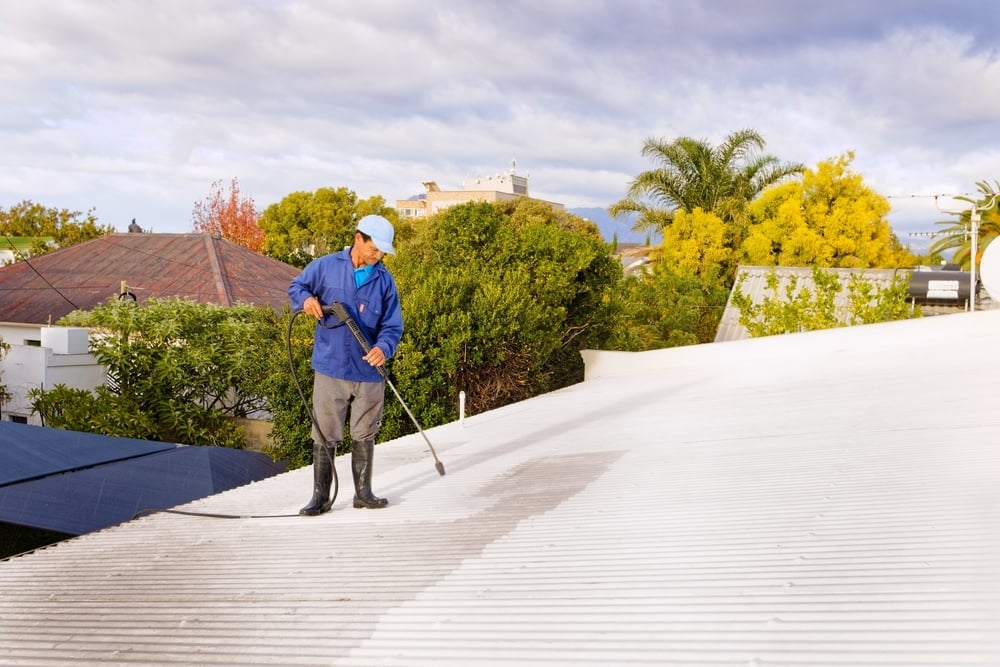
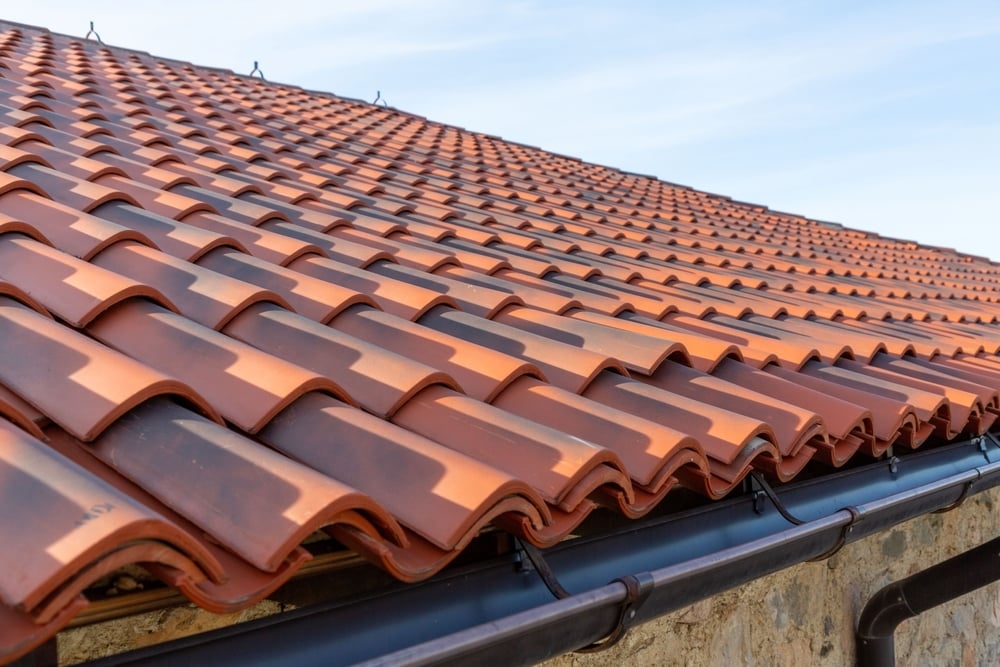
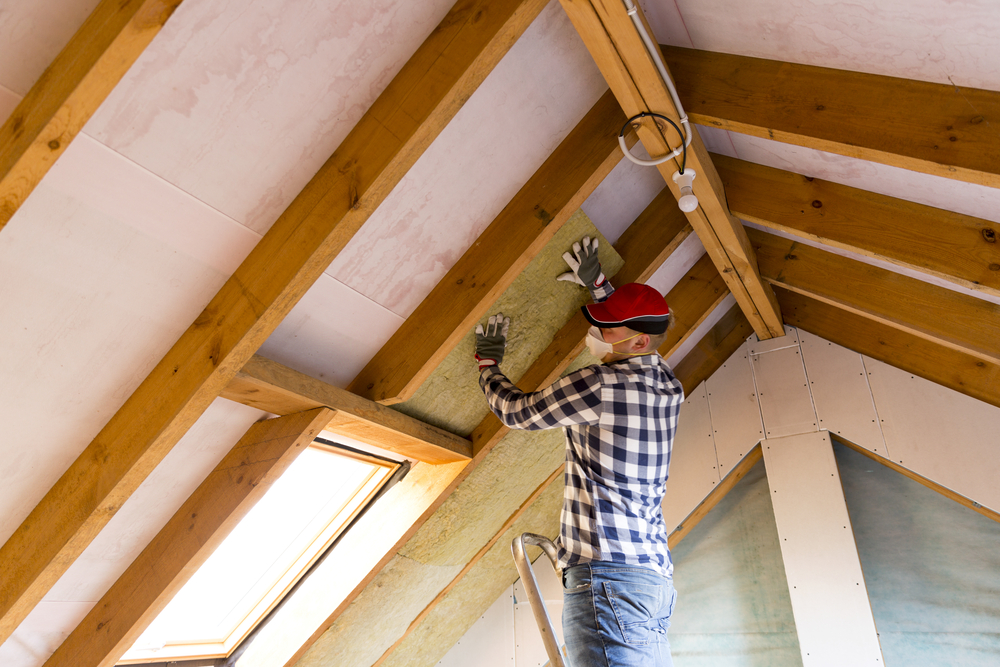
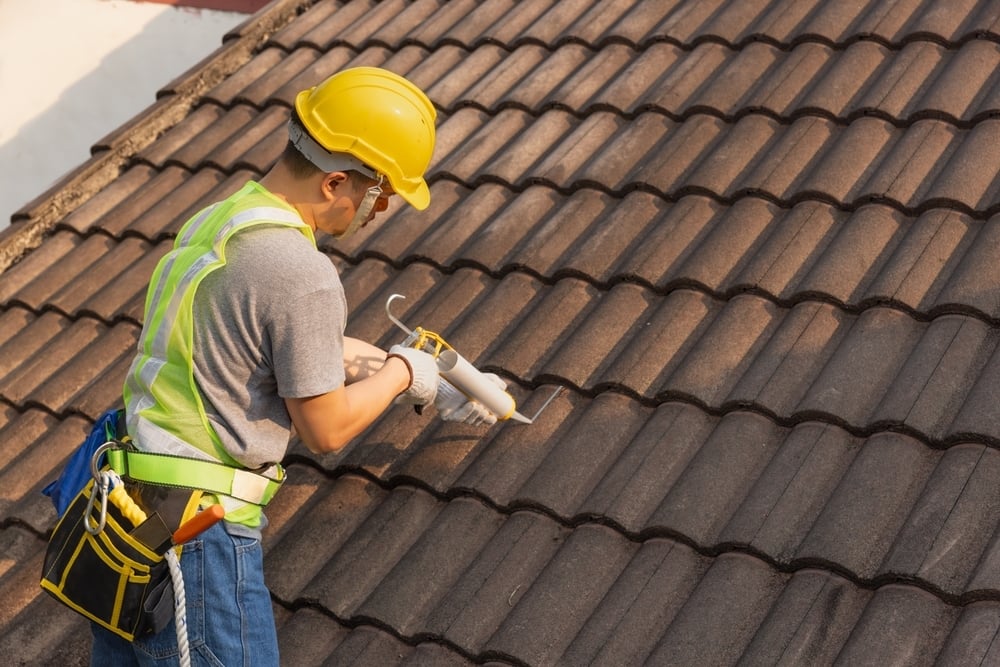
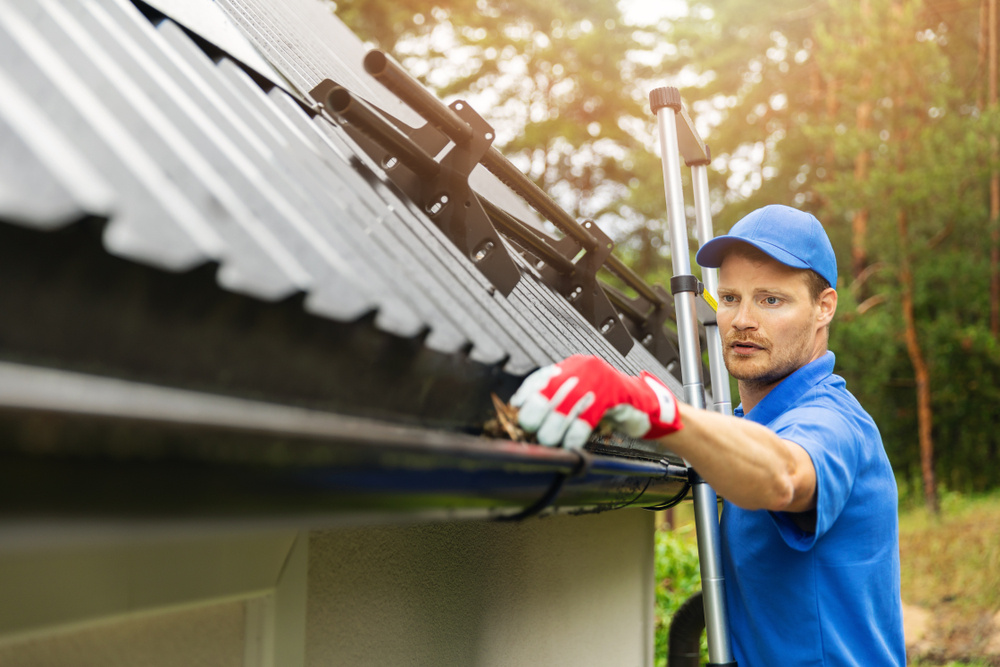

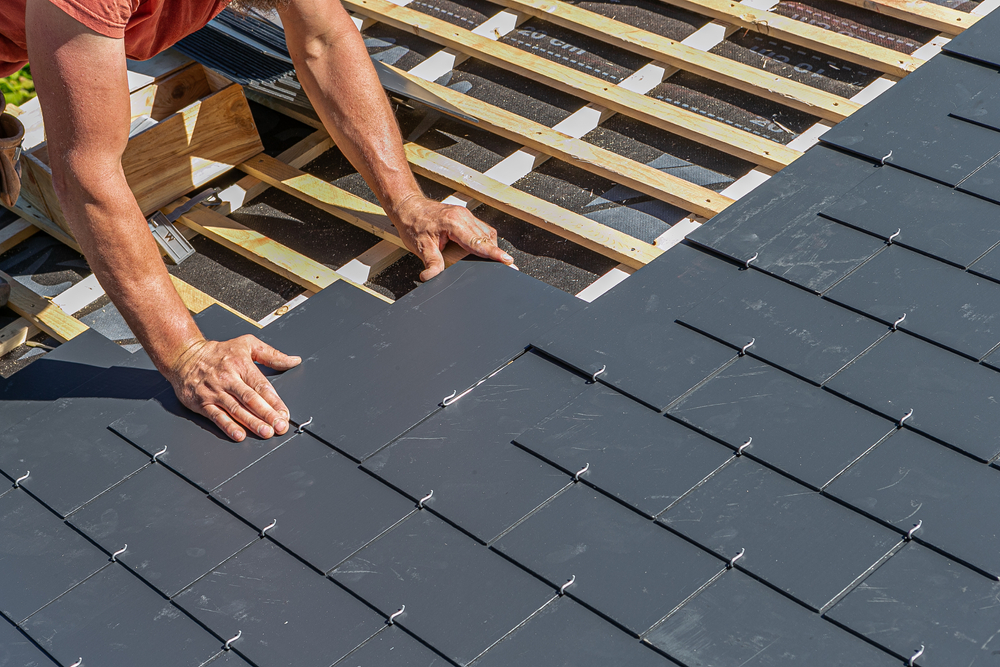
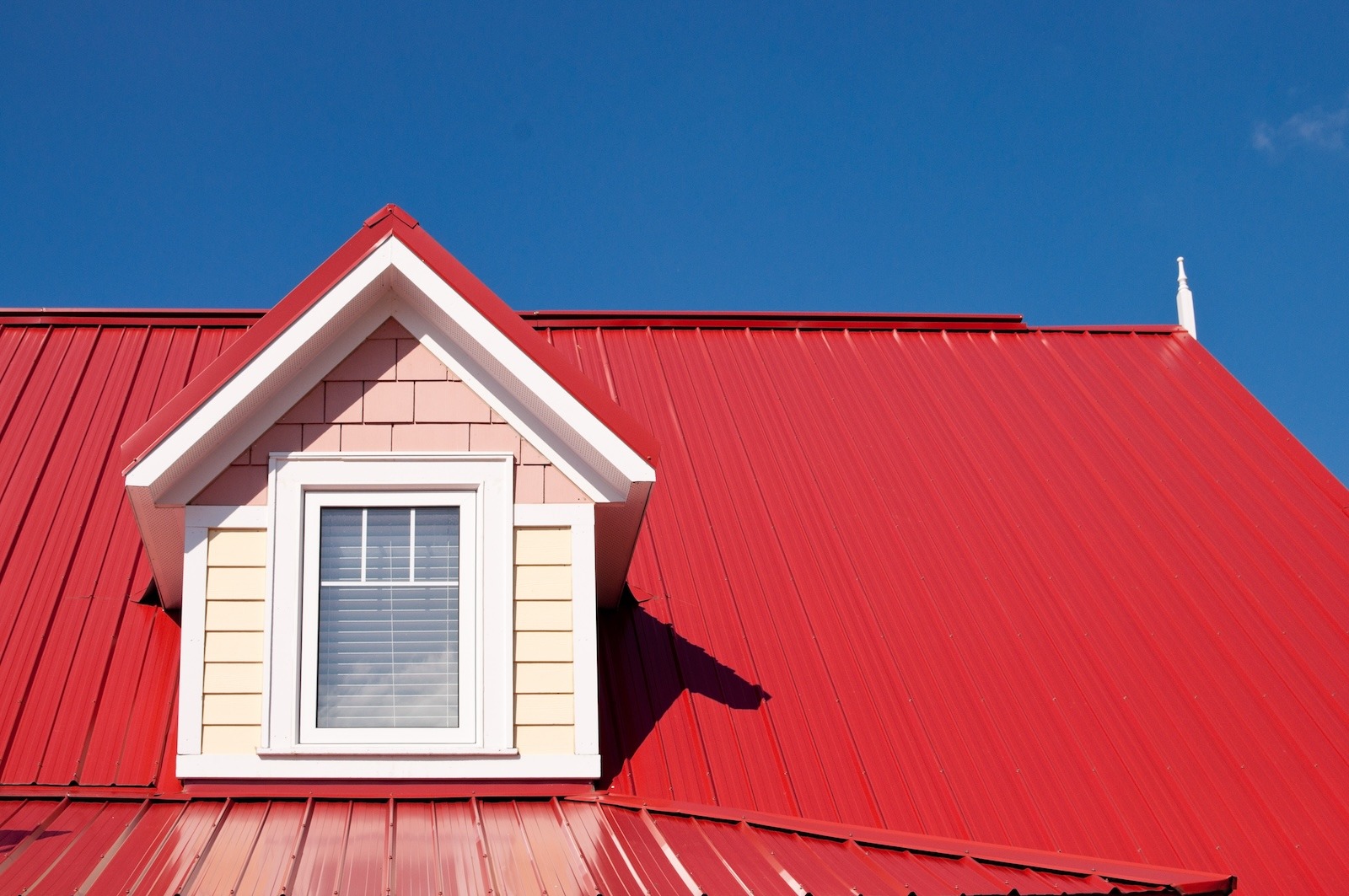
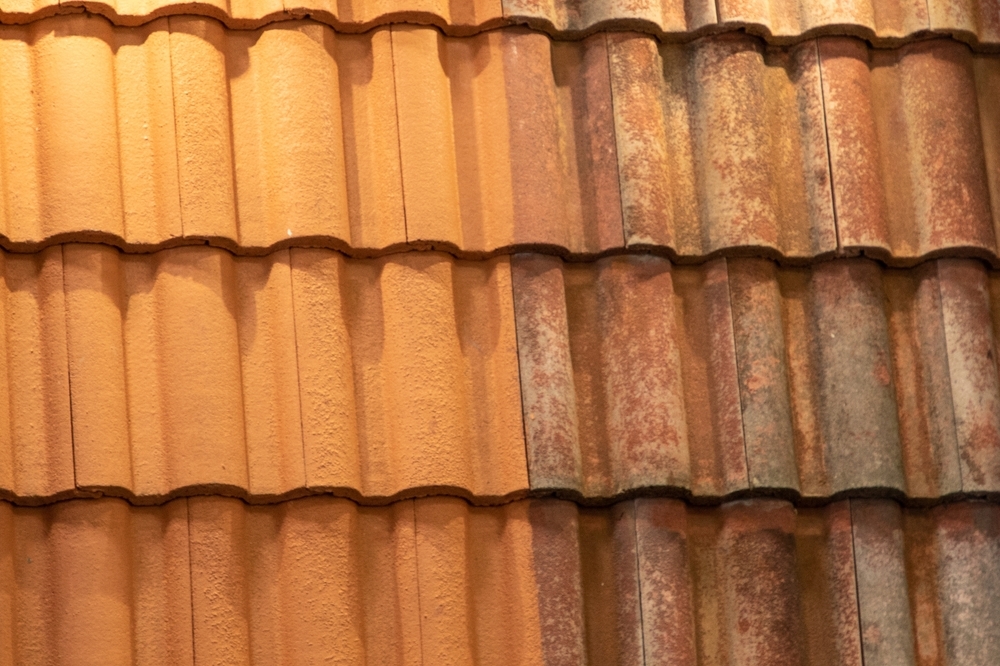
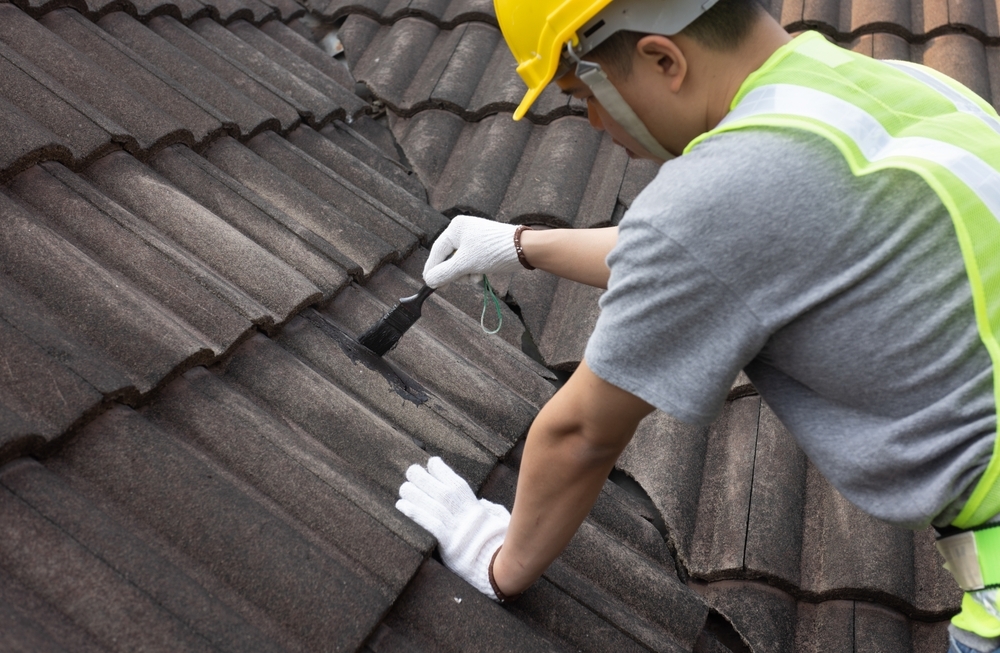
.jpg)
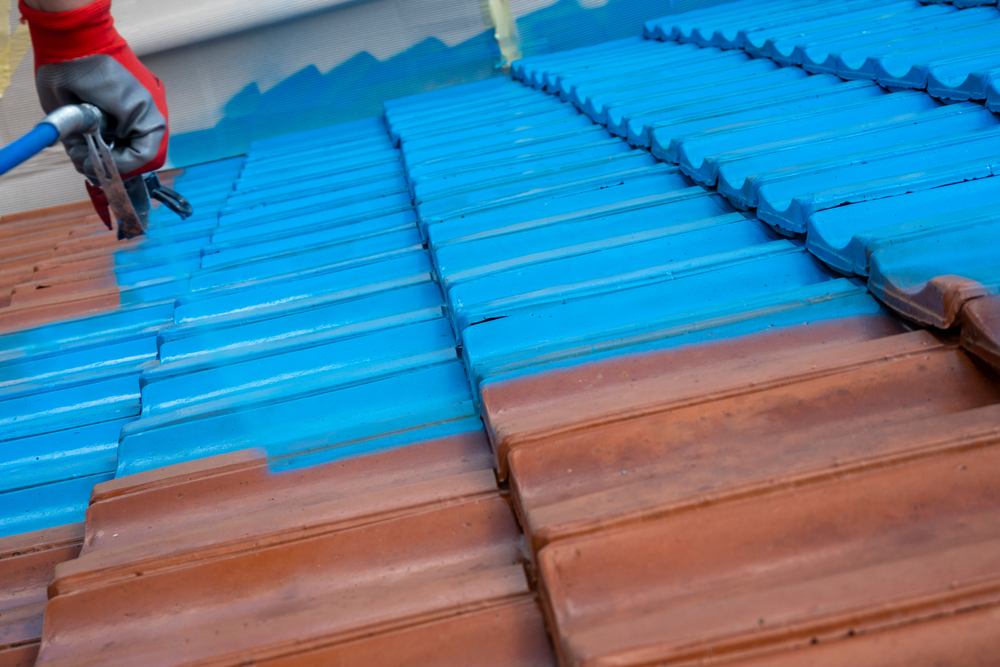
.jpg)
